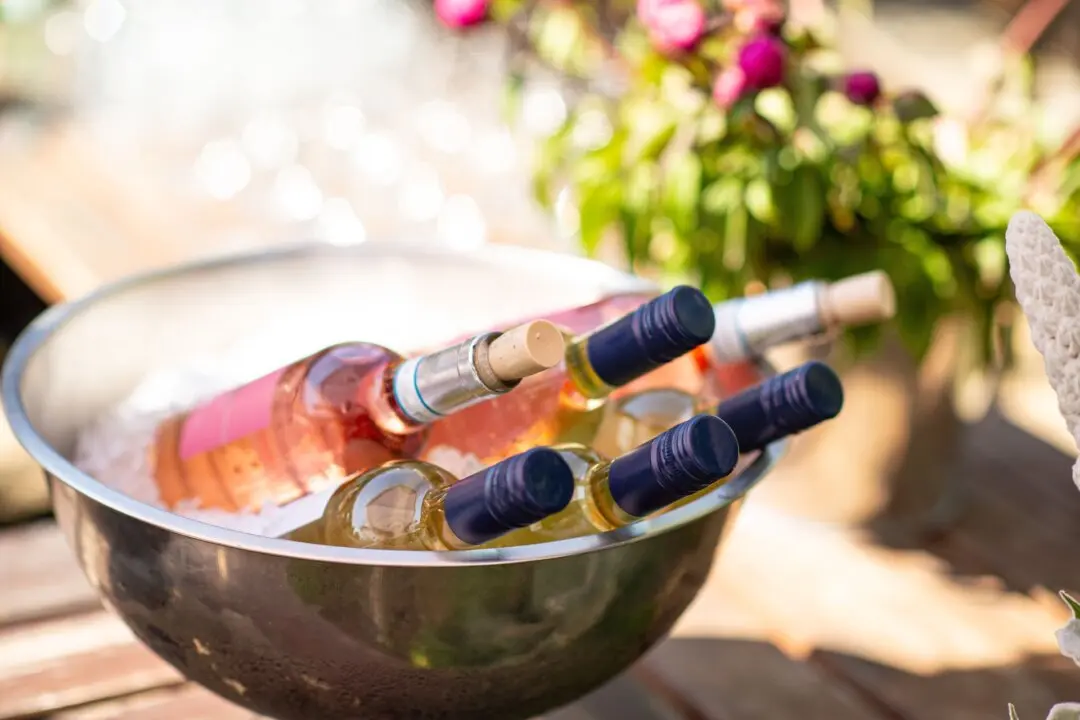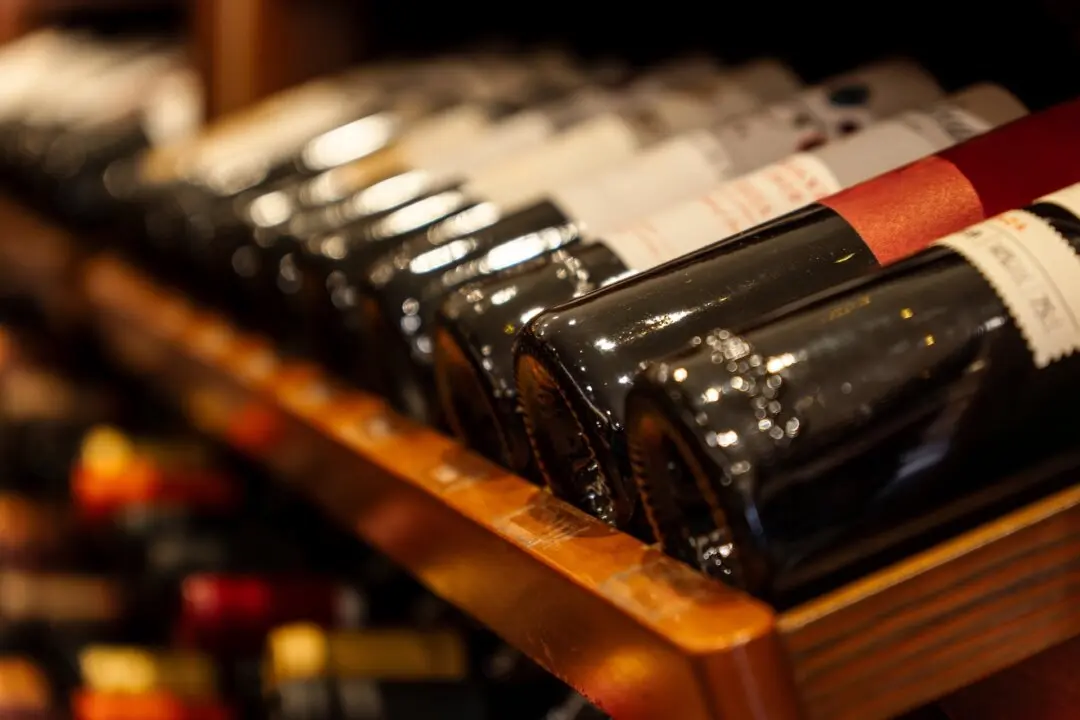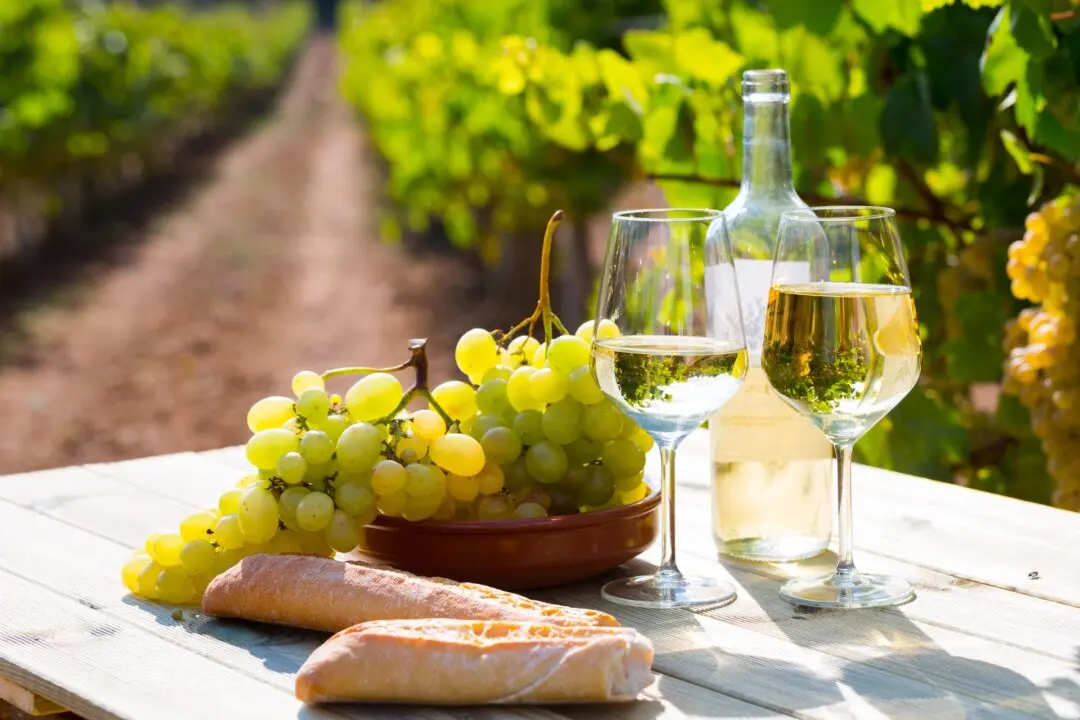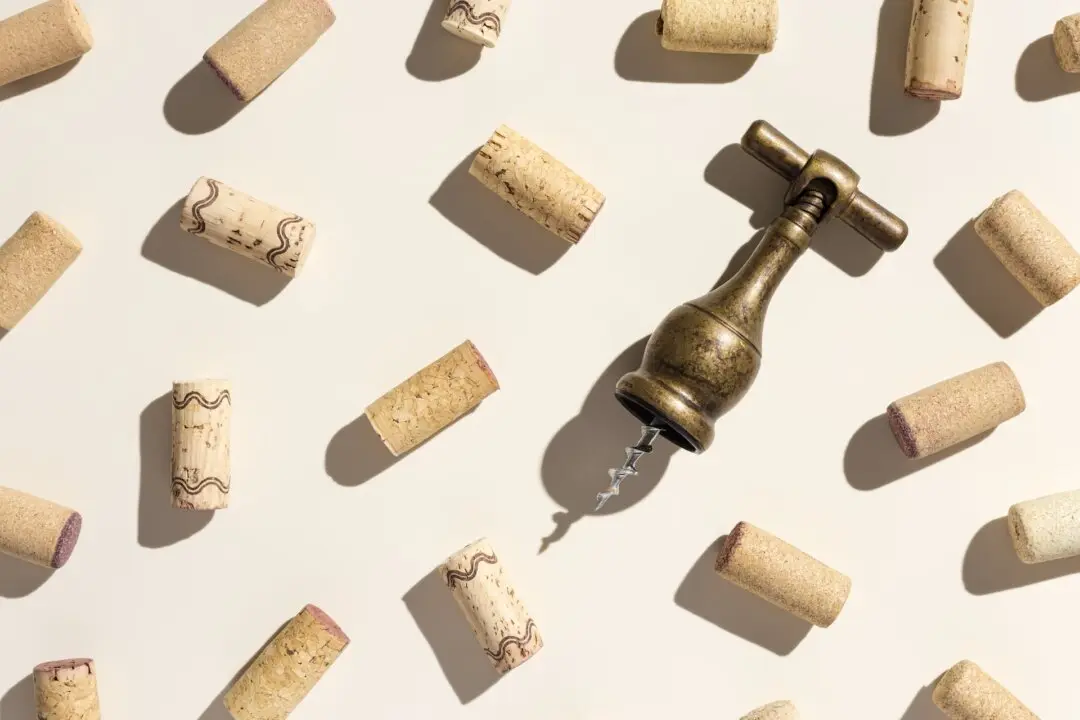Italy’s greatest contribution to all of Europe’s wine culture starts with the fact that wine wasn’t much of a tradition there until Roman legions planted vine cuttings they brought with them in the northern parts of the continent 23 centuries ago.
What’s odd about this is that, of all the most popular grapes that took root and prospered in France, Germany, Austria, Spain, Portugal, and elsewhere, almost none were among Italy’s most popular!





